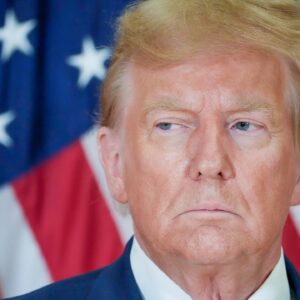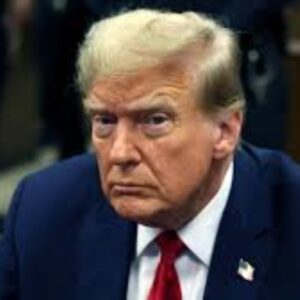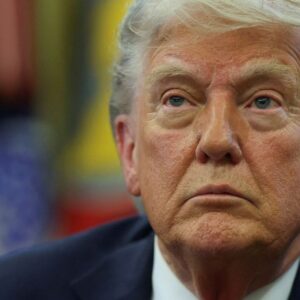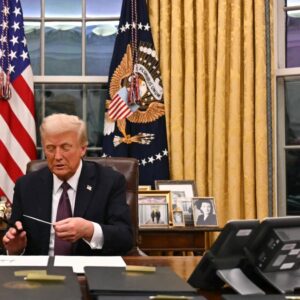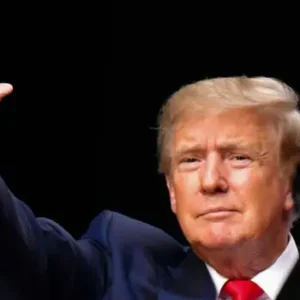
Donald Trump’s presidential transition, initiated following his victory in the November 2024 election, marks a pivotal moment in American political history. This transition period, traditionally spanning 75 days, is crucial for establishing a new administration and setting the tone for the incoming president’s term. Understanding the intricacies of this process provides insight into the mechanisms of U.S. governance and the challenges inherent in shifting political leadership.
Composition of the Transition Team
At the helm of Trump’s transition is a team composed largely of close associates and family members, reflecting his emphasis on loyalty and personal trust. The transition is led by co-chairs Howard Lutnick, CEO of Cantor Fitzgerald, and Linda McMahon, former head of the Small Business Administration. Supporting them are key figures such as Robert F. Kennedy Jr., tasked with health initiatives, and former Congresswoman Tulsi Gabbard, focusing on national security matters. Additionally, Trump’s sons, Donald Trump Jr. and Eric Trump, along with his vice-presidential nominee, Senator JD Vance of Ohio, play significant roles in the transition process.
Transition Process and Challenges
The transition process is multifaceted, involving the appointment of approximately 4,000 political positions, including Cabinet members, agency heads, and various federal officials. Of these, around 1,200 require Senate confirmation. Historically, the transition period begins promptly after the election, with the General Services Administration (GSA) providing necessary resources and support. However, in Trump’s case, the transition faced delays due to his team’s decision not to engage in pre-election agreements with the GSA, leading to missed deadlines for securing office space, technological support, and access to federal agencies.
Strategic Appointments and Policy Directions
Strategic appointments are central to shaping the administration’s policy agenda. Trump’s nomination of Robert F. Kennedy Jr. to lead health initiatives underscores a commitment to addressing public health concerns, while his selection of Elon Musk for a role focused on federal cost-cutting reflects an intention to leverage private sector expertise in reducing government expenditures. These choices indicate a departure from traditional political appointments, favoring individuals with unconventional backgrounds and perspectives.
Legal and Ethical Considerations
The transition process is governed by legal frameworks designed to ensure transparency and prevent conflicts of interest. The Presidential Transition Improvement Act of 2022 mandates that the transition commence within five days post-election, regardless of any disputes, to facilitate a smooth handover of power. This legislation aims to prevent the delays experienced during the 2020 transition, which were exacerbated by unfounded allegations of voter fraud and subsequent legal challenges.
Ethical guidelines further shape the transition, with restrictions on individuals who have engaged in lobbying activities within the past year from participating without prior approval. These measures are intended to mitigate undue influence and maintain the integrity of the incoming administration’s decision-making processes.
Public Perception and Media Coverage
The public’s perception of the transition is influenced by media coverage, which varies in tone and focus. Editorials and news reports scrutinize the composition of the transition team, the speed of appointments, and the alignment of selected individuals with Trump’s stated policy objectives. This scrutiny reflects broader societal divisions and the contentious political climate, with differing outlets offering contrasting narratives on the effectiveness and legitimacy of the transition efforts.
Conclusion
The commencement of Donald Trump’s transition to the presidency is a complex and dynamic process, characterized by strategic appointments, legal considerations, and public scrutiny. As the transition unfolds, its success will hinge on the administration’s ability to navigate these challenges, foster collaboration across political divides, and effectively address the pressing issues facing the nation. The choices made during this period will have lasting implications for the direction of U.S. policy and the public’s trust in governmental institutions.

